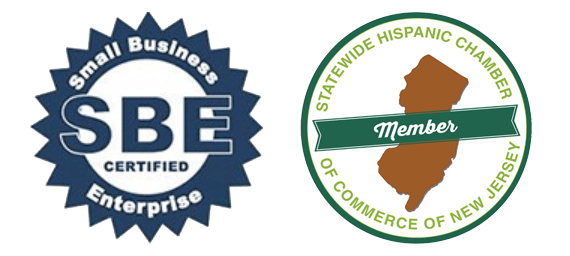Home Insurance
What is Home Insurance
What is homeowner’s insurance? Why is homeowner’s insurance required?

Theft or damage to your home as a result of a fire or robbery is covered by homeowner’s insurance. If you have a mortgage, your lender will require insurance to cover the value of your home in the event of a loss. As a result, the majority of lenders want confirmation of homeowner’s insurance coverage.
Even if you have a standard homeowners policy, you may be able to add coverage for earthquakes and floods. Homeowners insurance is sometimes known as “hazard insurance” in some circles.
Homeowners’ insurance is frequently included in the monthly mortgage payment through the use of an escrow account. The lender retains the portion of the payment that is for insurance in an escrow account, which you pay to the lender. When the insurance bill is due, the lender will deduct the funds from the escrow account to cover the cost.
On page one of your Loan Estimate, the “Projected Payments” section, you’ll find the amount of your homeowner’s insurance and any other insurance that protects your property. You should always do your own research into the cost of homeowner’s insurance, though. Homeowner’s insurance can be purchased independently, allowing you to pick the company and plan that are most suitable for your needs.
Without insurance, your lender can purchase it for you and charge you, but they must notify you in advance…. Your lender may only be covered if they purchase insurance on your house since you did not keep up with your homeowner’s insurance. It’s also possible that it’ll cost more than you’d have to pay if you bought it yourself.
The property you own is safeguarded by a homeowner’s insurance policy. Mortgage insurance is distinct from homeowner’s insurance.
Note: You won’t receive a Loan Estimate if you applied for a mortgage prior to October 3, 2015, or if you’re applying for a reverse mortgage.
For those loans, you will receive two forms – a Good Faith Estimate (GFE) and an initial Truth-in-Lending disclosure–instead of a Loan Estimate. Block 11 of your Good Faith Estimate contains information about the cost of homeowner’s insurance (GFE). If you are applying for a HELOC, a manufactured housing loan that is not secured by real estate, or a loan through certain types of homebuyer assistance programs, you will not receive a GFE or a Loan Estimate, but you should receive a Truth-in-Lending disclosure.
Share:
More to read

Life Insurance
Table of Contents Introduction How to Choose the Right Life Insurance Policy for Your Needs The Benefits of Purchasing Life Insurance Early Understanding the Different

Medicare advantage
Table of Contents Introduction Exploring the Benefits of Medicare Advantage Plans How to Choose the Right Medicare Advantage Plan for You Understanding the Cost of

Joining a health or drug plan
Joining a health or drug plan When can I join, switch, or drop a plan? You can join, switch, or drop a Medicare Health Plan

Parts of Medicare
Parts of Medicare Part A (Hospital Insurance): Helps cover inpatient care in hospitals, skilled nursing facility care, hospice care, and home health care. Part B (Medical
